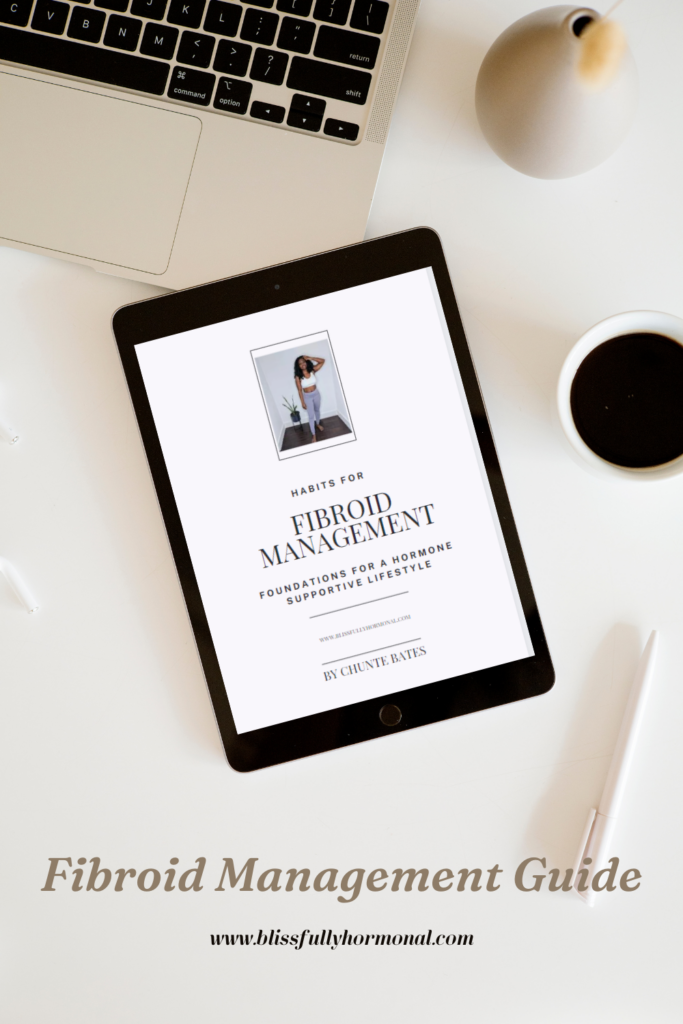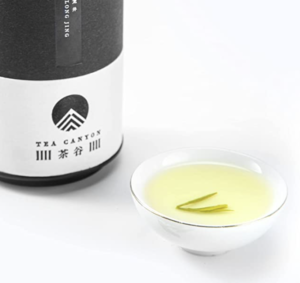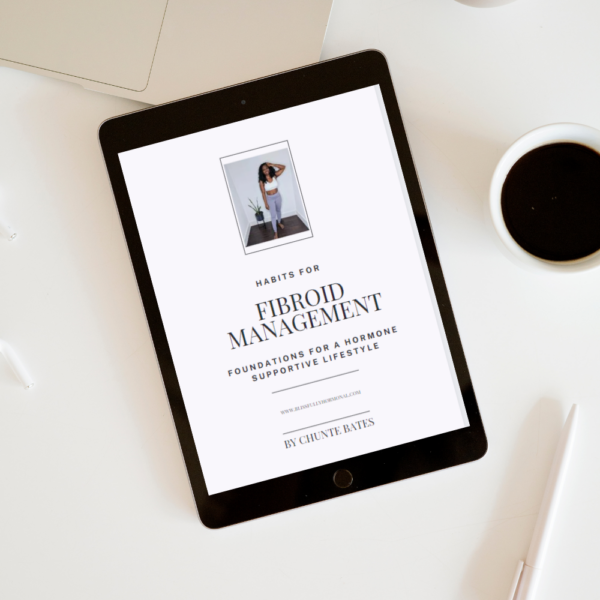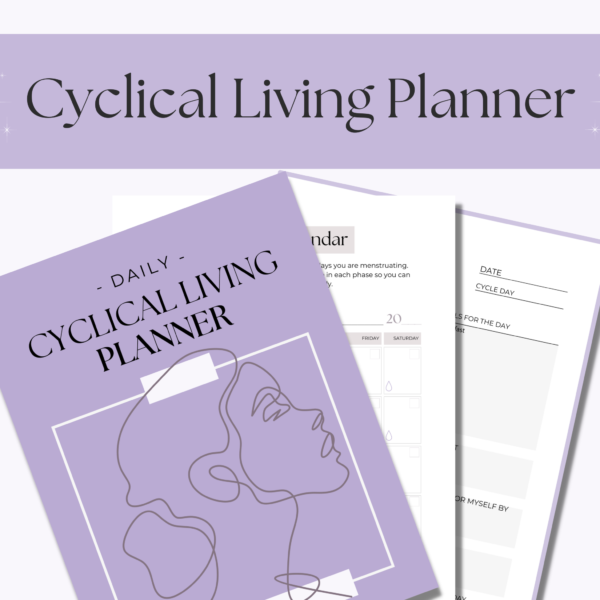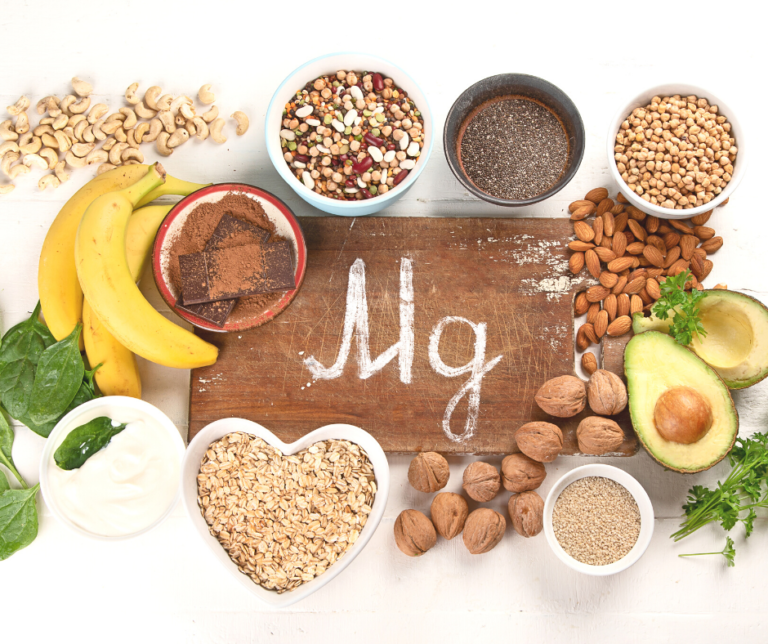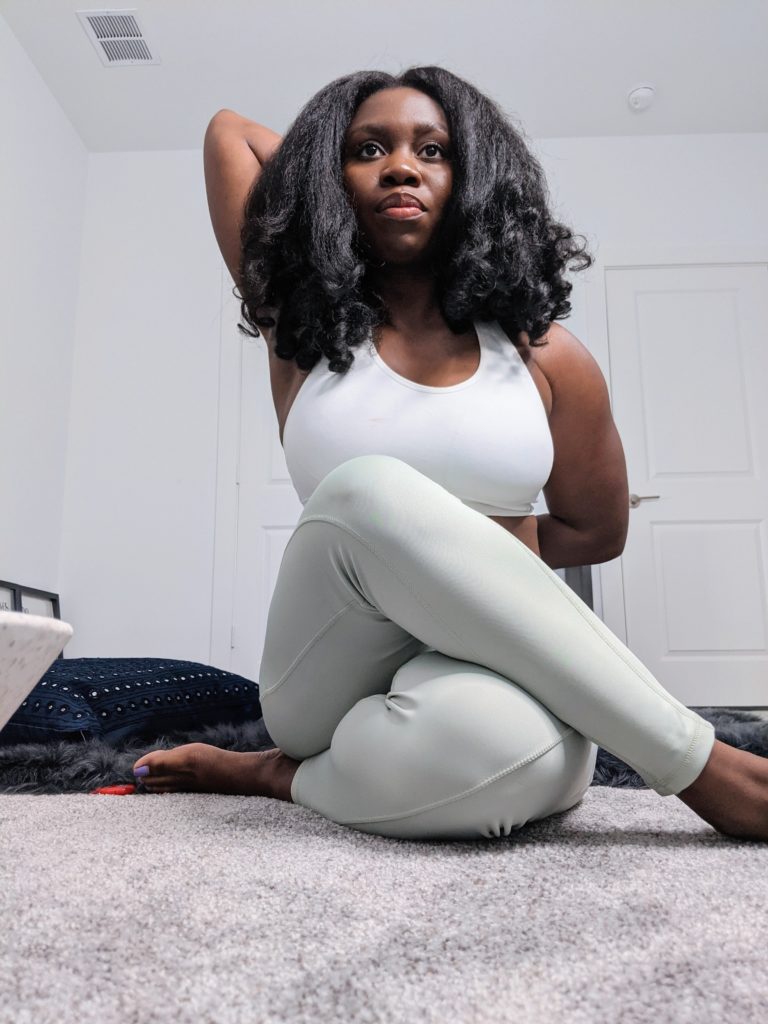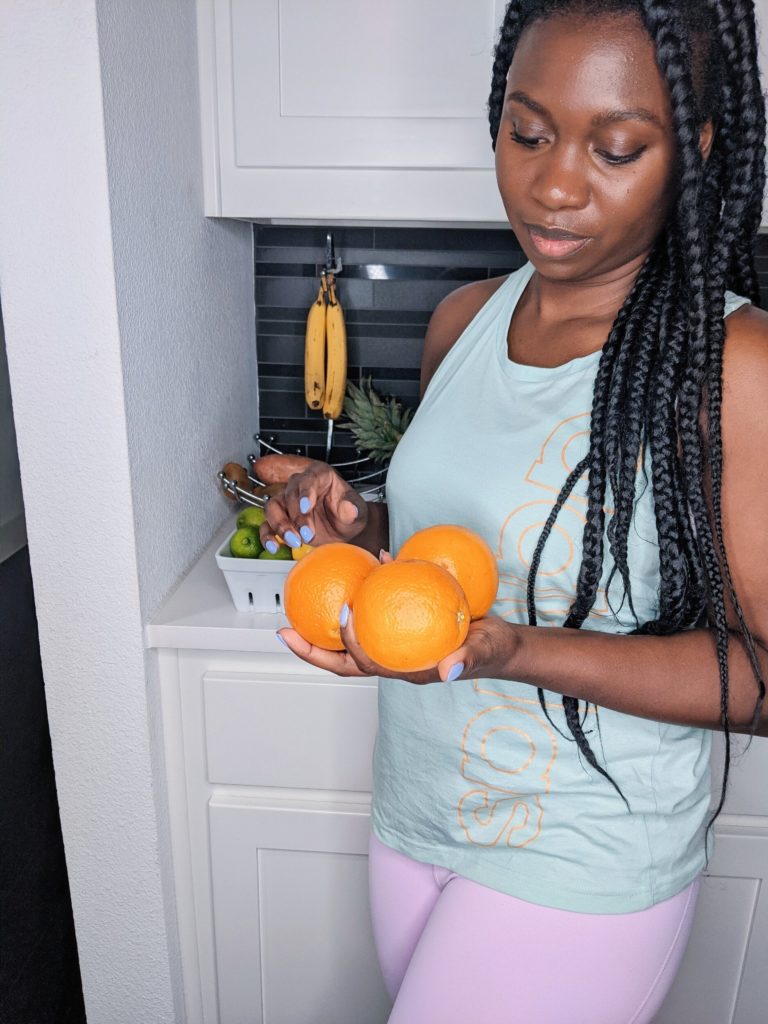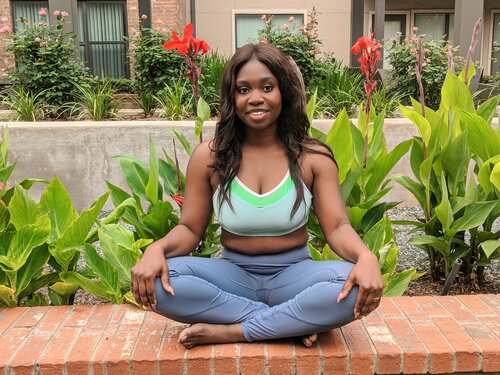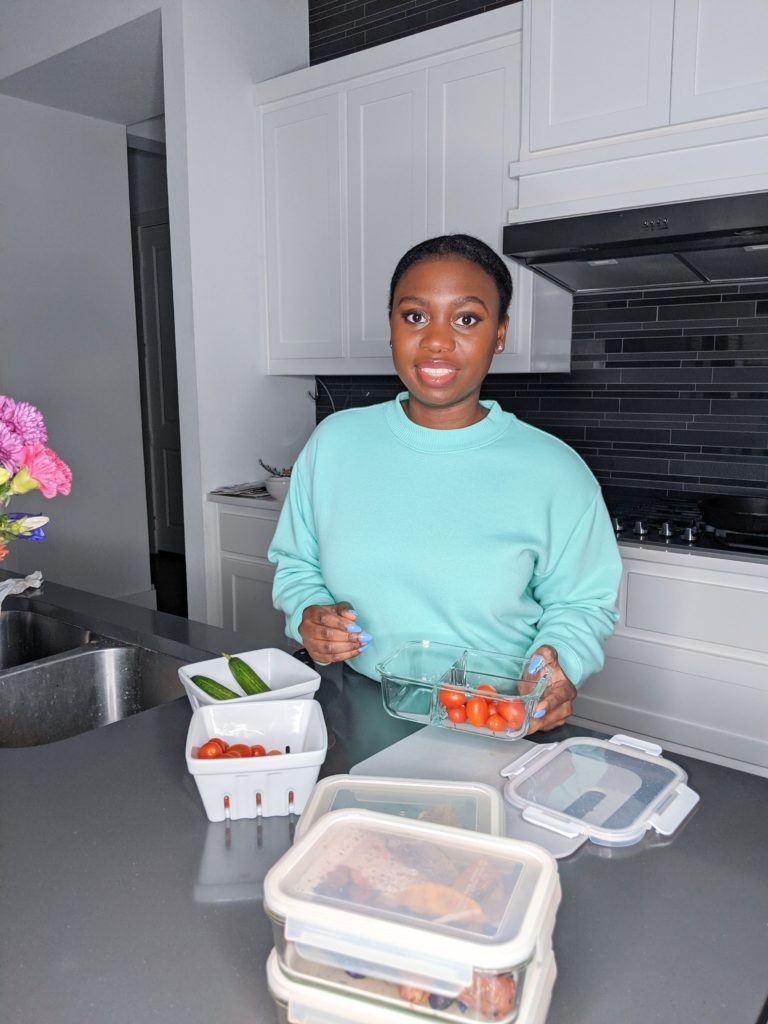Green Tea and Fibroids: Why I Drink It Every Day
Trying to find an alternative to your cup of coffee? Well, if you’re also trying to balance your hormones or shrink fibroids, you might want to consider switching to green tea.
Not only does green tea have less caffeine than coffee, it also has many other health benefits. From polyphenols that reduce inflammation to reduced blood sugar levels, green tea’s health properties make it a superior alternative.
Fibroid Management Guide
Learn how I completely stopped fibroid symptoms, started having lighter periods and even shrank a large fibroid to half its size.
Green Tea and Fibroids: My Experience
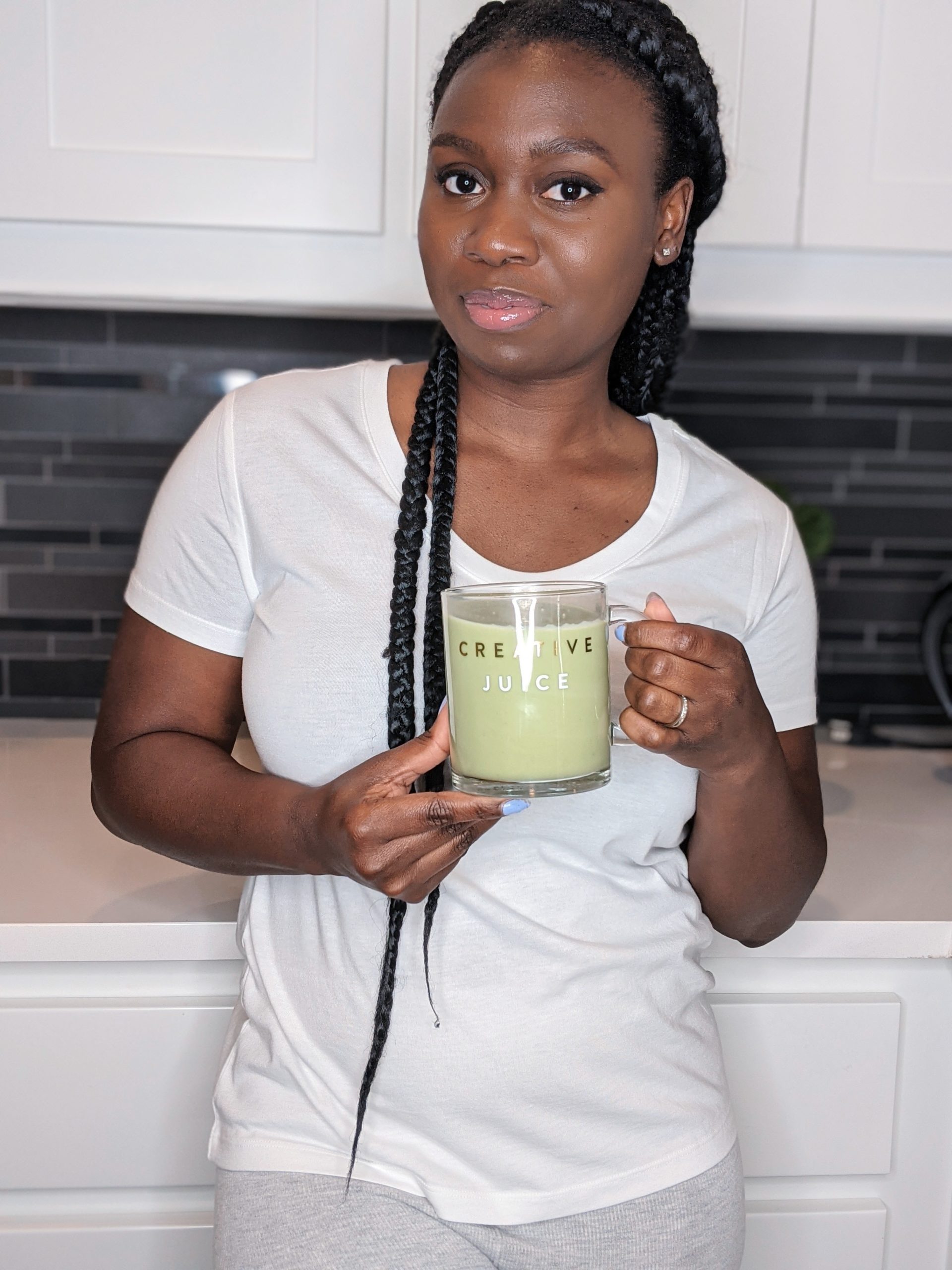
One of the most appealing benefits is its potential to stop fibroid growth. According to this study, women who were given green tea extract over a four-month period had a decrease in fibroid volume as well as symptoms.
Fortunately, I’ve always been a big fan of tea in general. So after learning about all of its benefits, I decided to make it my caffeinated beverage of choice.
By sticking with green tea as opposed to coffee or energy drinks, I’m able to keep my caffeine intake on the low end, get a boost of antioxidants and promote fibroid shrinkage.
My Favorite Types of Green Tea
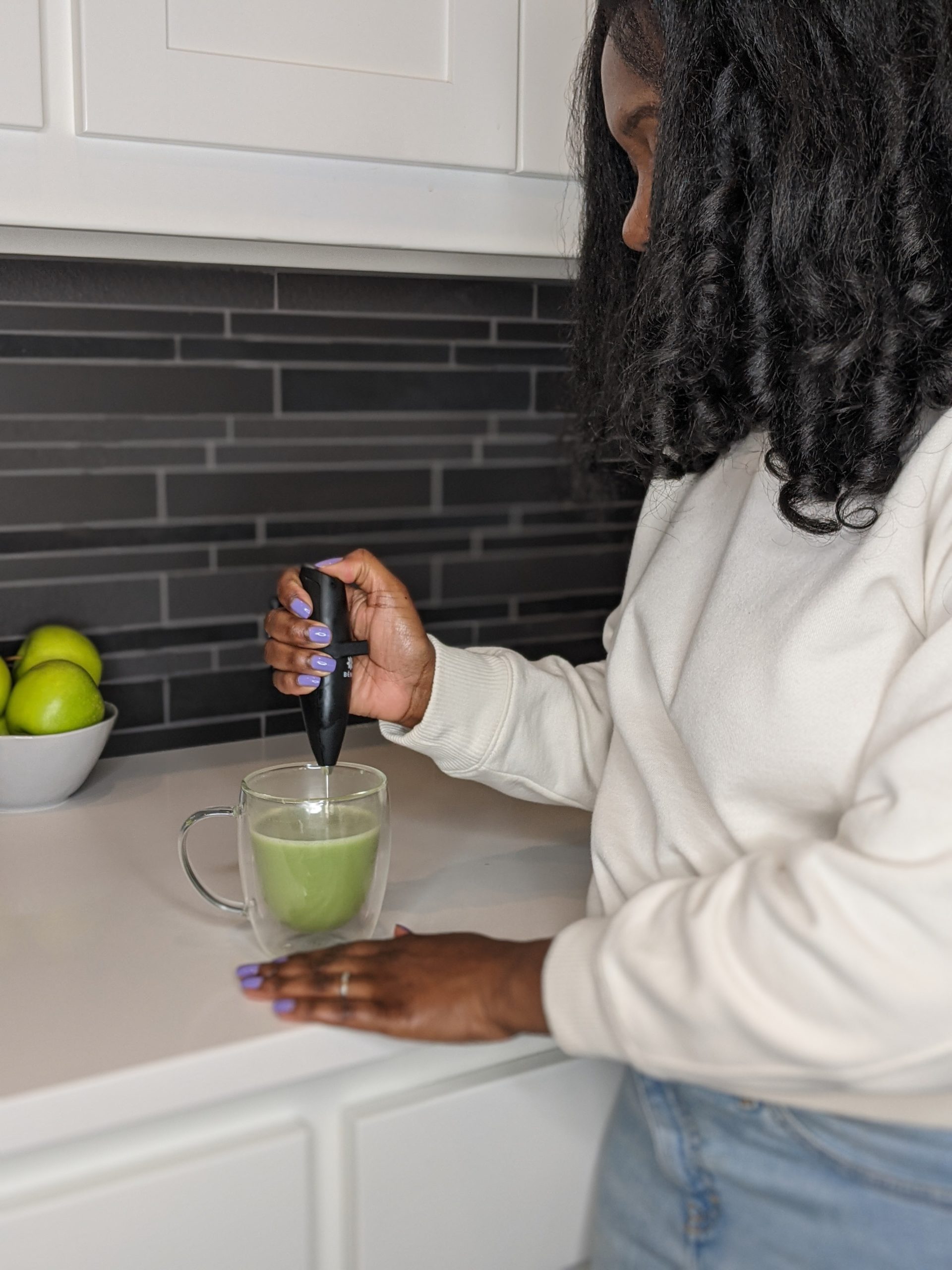
There are actually several different types of green tea. Usually, the difference is in how the tea is grown, harvested and prepared.
Matcha
If you’ve been reading my blog or following me on social media, you know that matcha is my favorite type of green tea.
Matcha is made from the entire ground leaf. So, it contains more antioxidants than most other brewed leaf teas.
Although it contains more caffeine than most other green teas, it still has a slightly lower caffeine content than coffee. People also find that they don’t get the jittery feeling because of L-theanine, which balances out the effects of caffeine.
Matcha can be prepared ceremonial style, whisked into hot water. Or my personal favorite way to enjoy it is as a latte (check out my recipe here!). Since matcha is a powder, it can be used in many different recipes like Matcha Chia Seed Pudding.
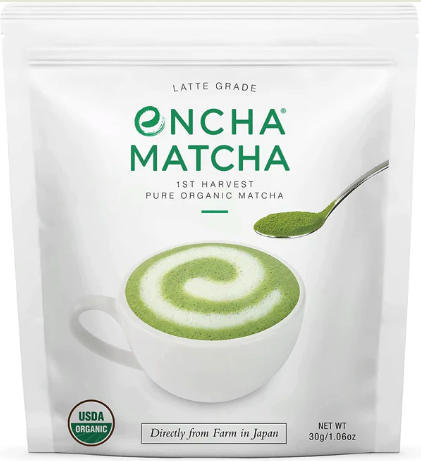
Sencha
Sencha is made from green tea picked young, steamed, rolled, and dried. Its robust, green flavor is great for a pick-me-up. Since the steeping time for this tea is low, you can expect a lower caffeine content when brewed.
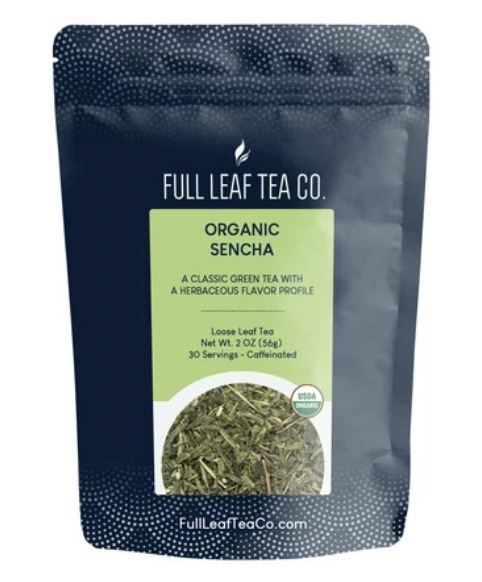
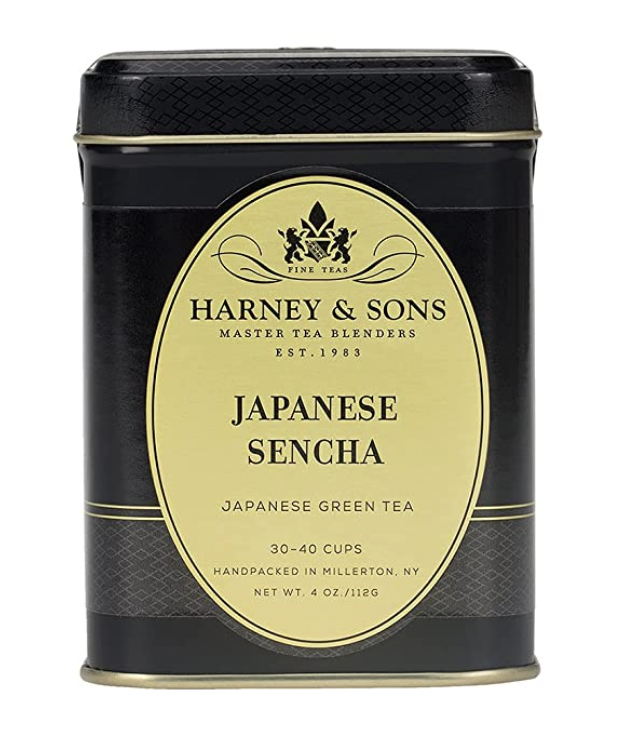
Longjing (Dragon Wall)
Looking for something a little more delicate on the palette? Longjing green tea has a mild, nutty flavor that anyone can enjoy. The key is to avoid over-brewing.
Jasmine
This tea is paired with dried jasmine blossoms for a fragrant yet balanced cup of tea. If you like a more delicate flavor, Jasmine green tea is a great option.
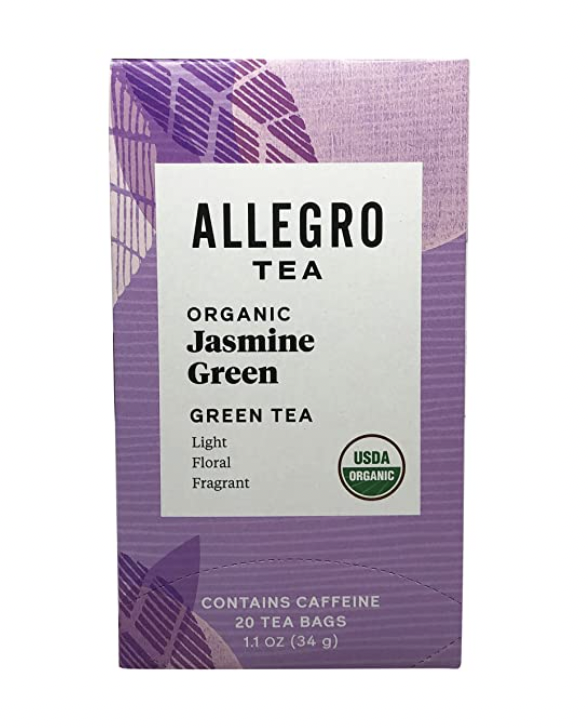
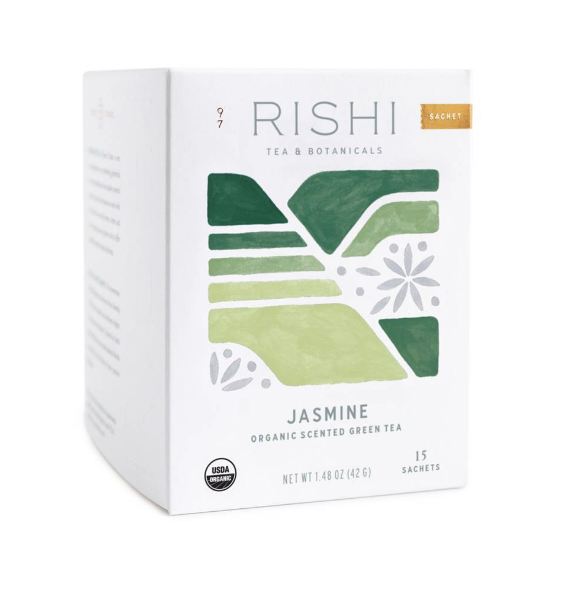
Gunpowder
Gunpowder tea gets its name from how it looks when rolled into little balls. One of the best things about this tea is how well it holds onto its nutrients and caffeine. It’s so potent that it can maintain its potency for years.
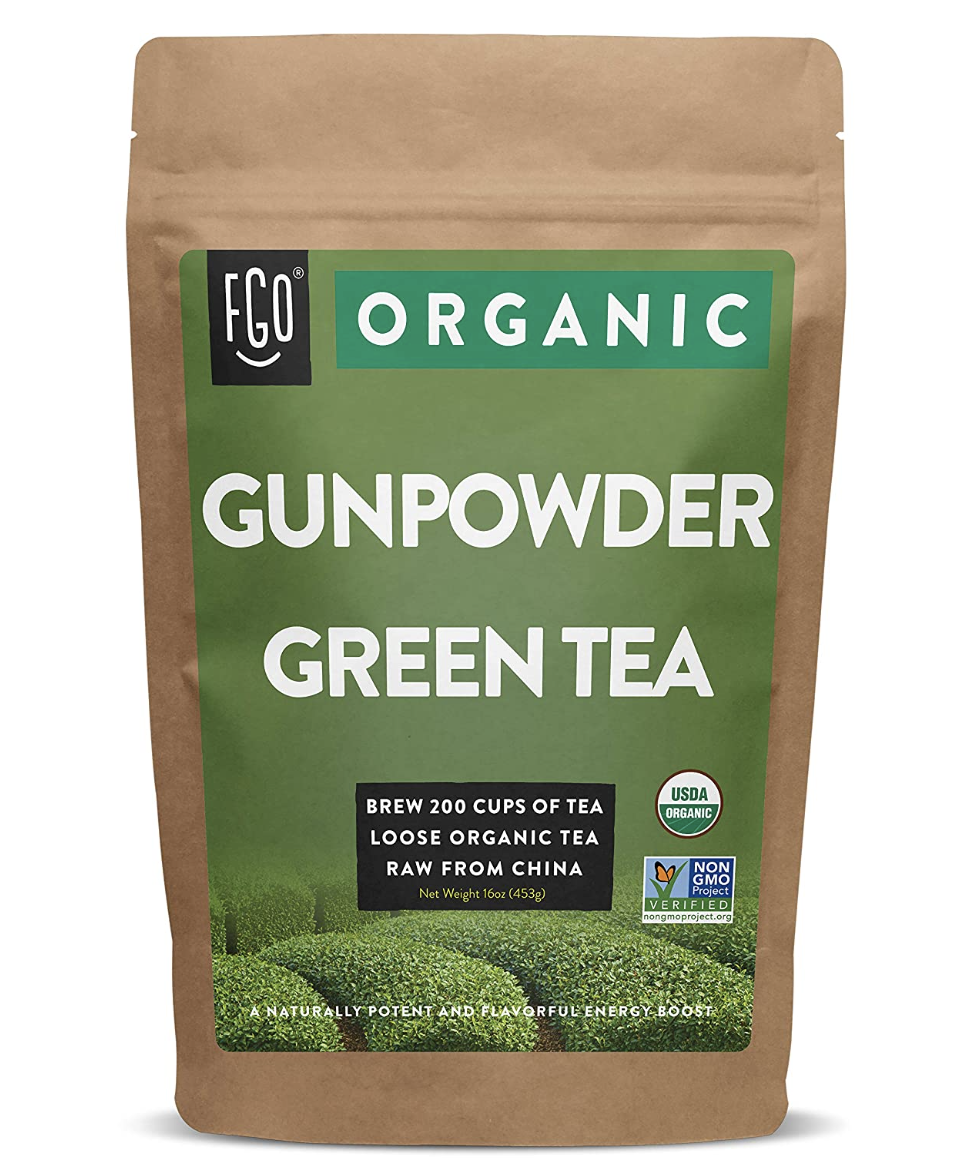
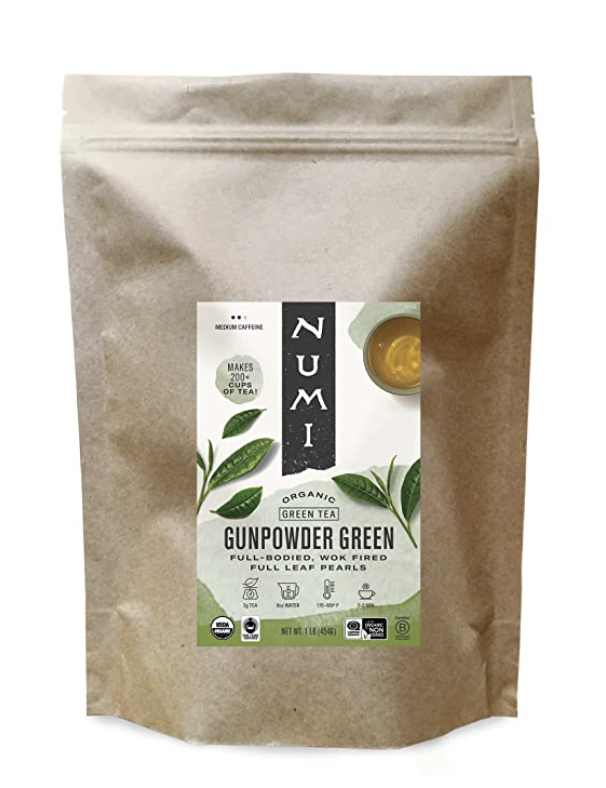
How to Choose a High-Quality Green Tea
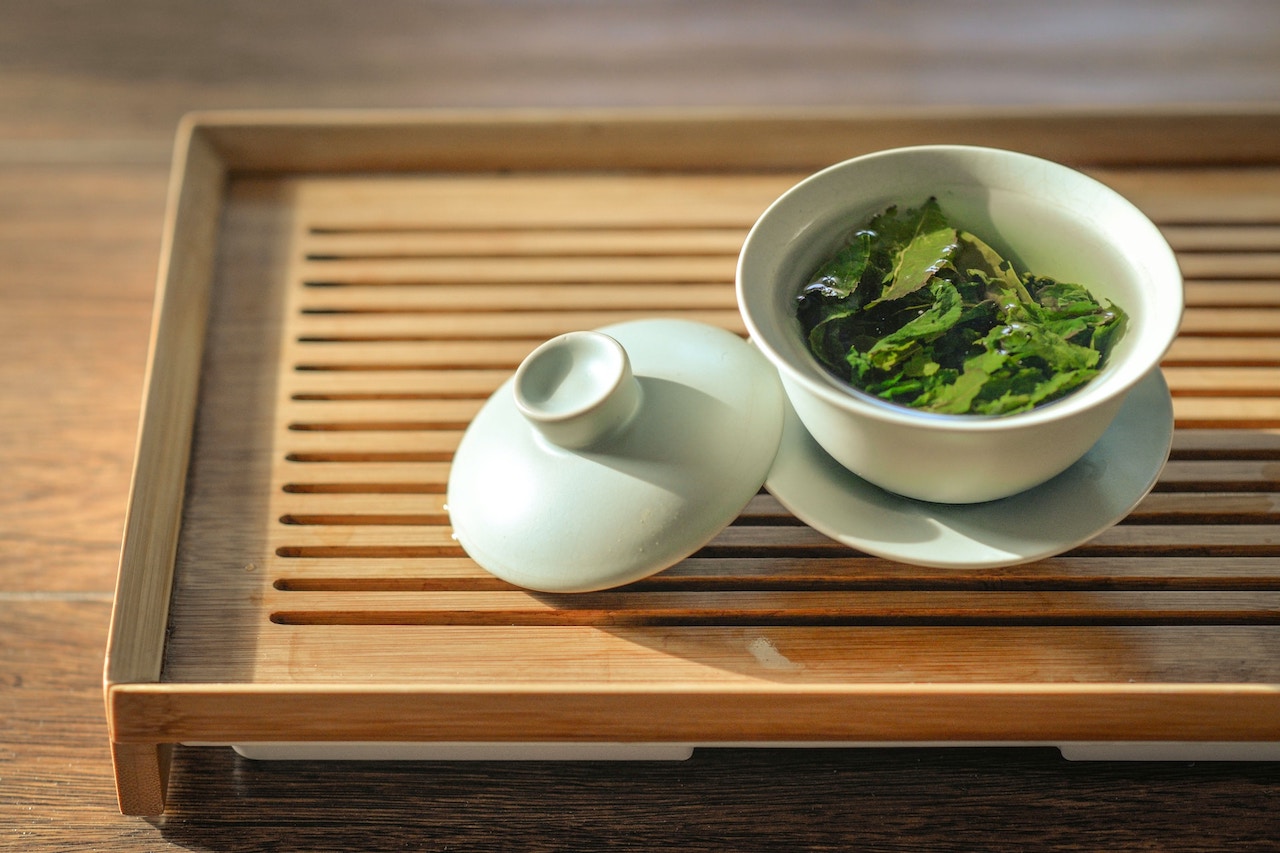
When it comes to green tea, quality matters. A good quality green tea gives you more nutrients and tastes better. Here are a few things to consider when choosing the best tea.
Look for ceremonial-grade tea.
When it comes to matcha, I suggest going ceremonial grade. Ceremonial grade has a smoother taste because it’s meant to drink with just water.
Some brands like Encha do make both ceremonial and latte grades. However, the latte grade does have a more bitter taste.
Need more tips on healing for fibroids?
Subscribe to get more lifestyle tips PLUS my cyclical living cheat sheet.
Make sure it’s actually green.
Sometimes inexpensive, bagged teas might contain remnants of other types of tea leaves. It’s better to buy loose-leaf teas for better transparency.
Try to buy directly from the growers.
If possible, look for organic growers to avoid overly processed, low-quality leaves.
Choose whole-leaf green tea (for loose leaf).
Whole leaves are always the better option when it comes to tea. Bagged teas are often made from remnant pieces, and the bags can contain microplastics and pesticides.
Taste before you buy (if you can).
If you’re still not sure about which type of green tea you’ll like, Try stopping by your local tea shop to try some before you commit to buying. It’s also a great way to learn more about where the tea comes from.
What about green tea extract?
Green tea extract is also an option for assisting with fibroids. You’ll enjoy many of the same benefits of having a cup of tea, but usually at a higher concentration. In fact, the study I previously linked was done by administering a green tea extract.
Whether you’re new to green tea or a veteran tea enthusiast, you’ll love the taste and versatility. So skip the coffee and reach for a hot (or cold) cup of antioxidant-rich green tea. Your body will certainly thank you.
My Tools to Support Your Hormones
-
Product on saleHabits for Fibroid ManagementOriginal price was: $39.00.$25.00Current price is: $25.00.
-
Product on sale28-Day Hormone Healthy Meal Plan: Blissfully Hormonal Meal GuideOriginal price was: $29.99.$14.00Current price is: $14.00.
-
Product on saleCyclical Living PlannerOriginal price was: $9.99.$7.00Current price is: $7.00.
Check out my shop for some of my hormone-helping guides.

